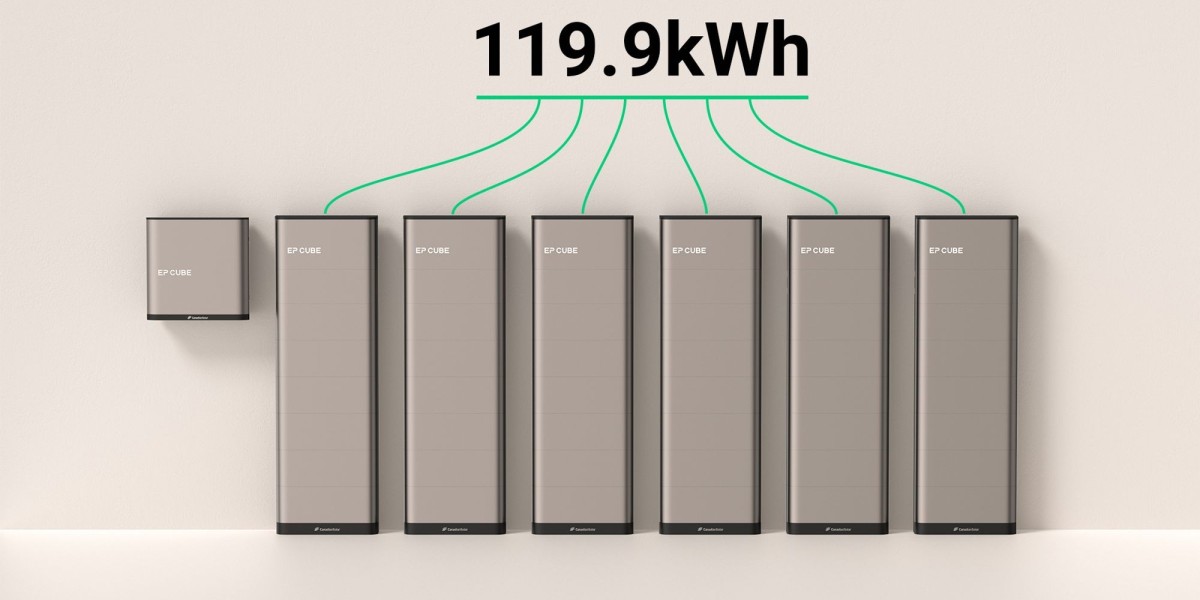Today, using solar energy in California makes a positive and profitable sense. The Golden State's reputation for expensive energy, integrated with the cost-saving approach of solar power, has helped over 1.7 million homes and businesses equipped with solar panels in multiple ways.
Earlier, the net metering program of California made historic progress in green energy adoption. The California Public Utilities Commission (CPUC) has proceeded to change its NEM policy to meet shifting concerns. The program is now highly concerned with meeting solar power storage needs, especially during the evening time and when solar panels stop generating power. As a result, electric utilities are forced to rely on fossil fuels to fill these "grid reliability gaps." The NEM 3.0 is designed to address these shortcomings in hopes of once again revolutionising the residential solar market in California. Let's understand the new bill in detail;
Key Takeaways of NEM 3.0
NEM 3.0 is California's new net solar metering rate policy that regulates how excess solar energy will be transferred to house owners.
Consume solar energy at home instead of exporting it to the grid and avoid the hours of 4 p.m. to 9 p.m. used during peak hours, maximising savings according to NEM 3.0.
NEM 3.0 targets an approximate payback period of 9 years with or without batteries. This varies depending on the size of the system, your consumption habits, and the cost of the system.
NEM 3.0 only applies to three major California utilities: PG&E, SCE, and SDG&E.. Municipal utilities and cooperatives may adopt their own policies. LADWP continues to offer a 1:1 net payout.
NEM 3.0 Impact on Solar Batteries
With a 75% reduction in solar charges, the net effect of NEM 3.0 will encourage the export of stored energy during the 4 p.m. to 9 p.m. peak hours. Battery storage systems allow homeowners to send energy back to the grid during the hours when the grid is most active.
During peak sunlight hours, the system powers your home and charges the battery, allowing you to maximize savings by returning excess energy to the grid at the right time (peak hours). On the other hand, during the night time, you can power your home with solar batteries. So, eventually, you can save stored energy for use or export during peak periods.
NEM 3.0: How It Becomes the Future of Solar Power?
California is a national leader in solar energy. The new solar billing program will serve as a litmus case for other states of the USA looking to reduce emissions of greenhouse gas. Moreover, it will accelerate clean energy programs.
Solar battery storage devices have been incentivized under the Inflation Reduction Act of 2022. However, its adoption is consistently lagging, as the survey revealed that only 6% of residential solar systems are integrated with battery storage. The NEM 3.0 program will assist in demonstrating how consumers are willing to adopt this newer technology. Moreover, the implementation of EP Cube is helping to maximize California's solar economics under the NEM 3.0 program.
Initial industry analysis reports show that non-storage solar at conventional prices, excluding financing, in SCE has a return on investment of approximately six years under NEM 2.0 and an estimated return on investment of approximately nine years. Therefore, consumers investing in solar battery storage can expect a similar nine-year return on investment under the NEM 3.0 despite higher upfront costs because the energy storage can be exported further to store excess energy during off-peak hours. With EP cube, the storage of power will show a revolutionary approach. Therefore, NEM 3.0 will be the future of solar power usage.
This is all about the NEM 3.0 program. Understanding its key takeaways and its impact on solar storage will help the people of California witness its advantages.







